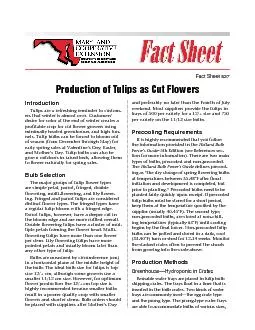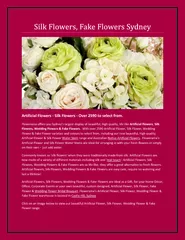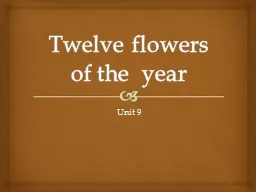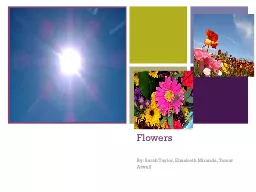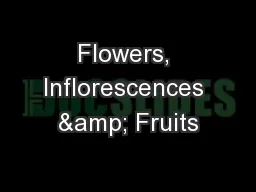PDF-Production of Tulips as Cut Flowers
Author : yoshiko-marsland | Published Date : 2015-11-21
and preferably no later than the Fourth of July weekend Most suppliers provide the tulips in trays of 500 per variety for a 12 size and 750 per variety on the 1112
Presentation Embed Code
Download Presentation
Download Presentation The PPT/PDF document "Production of Tulips as Cut Flowers" is the property of its rightful owner. Permission is granted to download and print the materials on this website for personal, non-commercial use only, and to display it on your personal computer provided you do not modify the materials and that you retain all copyright notices contained in the materials. By downloading content from our website, you accept the terms of this agreement.
Production of Tulips as Cut Flowers: Transcript
Download Rules Of Document
"Production of Tulips as Cut Flowers"The content belongs to its owner. You may download and print it for personal use, without modification, and keep all copyright notices. By downloading, you agree to these terms.
Related Documents

